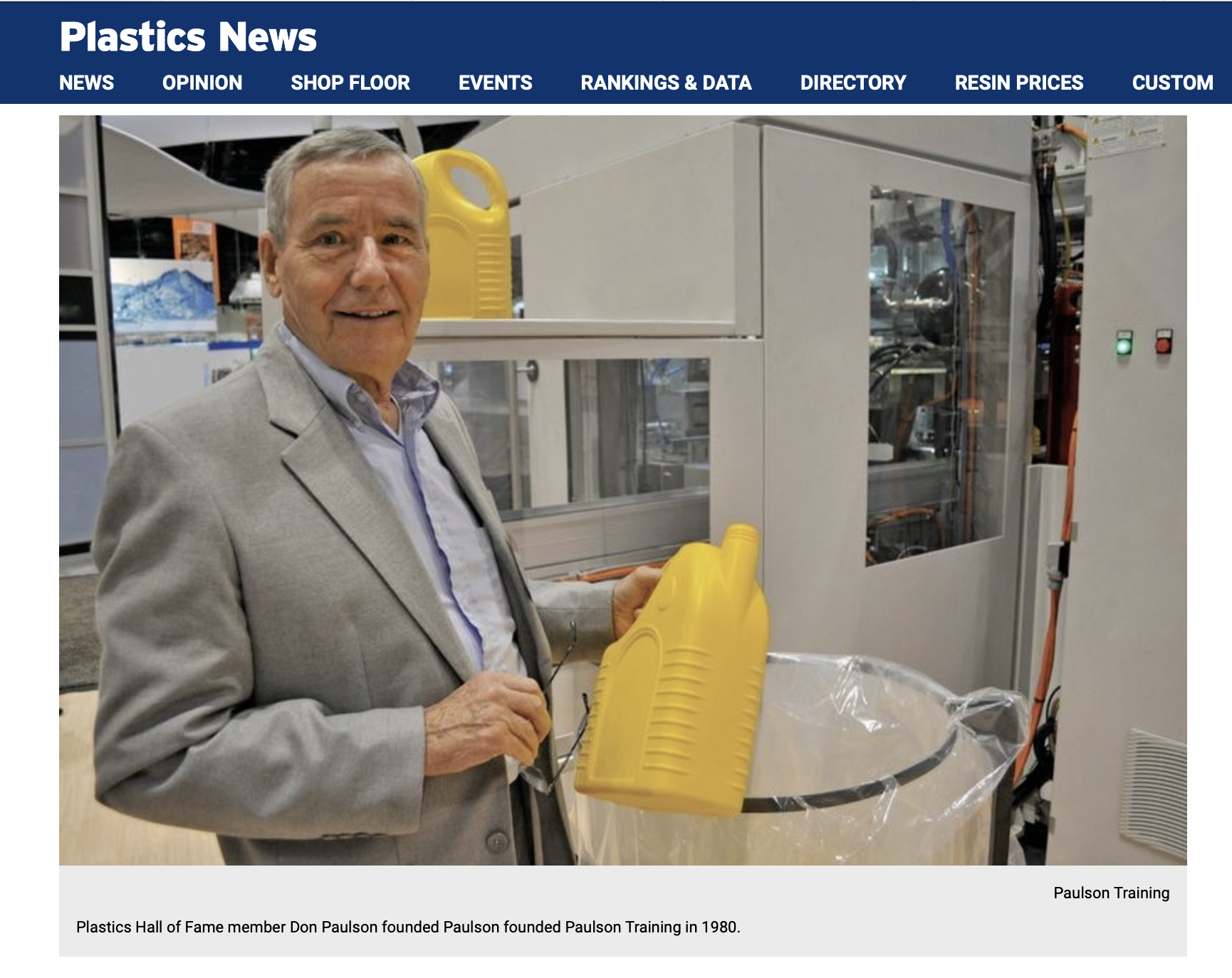
Reject Injection Molded Parts
Reject injection molded parts are plastic parts that your customer will not buy because of some defect. But every part that you mold must be paid for by someone. So if your customer won’t buy it, your company automatically buys it. And your company pays a premium price for rejects.
Here’s why…
The cost of a reject part includes all of the molding machine time used to make the reject plus the machine time needed to replace the reject. You’ve also got the labor costs of making the part. There is also a cost to find the rejects. Then you pay the cost of either regrinding the plastic parts or disposing of them.
As an approximation, the cost to the your company of making a reject part is about 2 to 3 times the cost of a good part. So to recover the cost of a reject part, you must mold about 4 good parts assuming you are able to re-use the plastic. If not, you’ll have to mold about 7 good parts to pay for the reject.
Plastic Material Problems
The plastic in an injection molded part typically costs from 35 to 45% of the total part cost depending on the part size and design and the current price of plastic resin. Loss of plastic can occur due to poor housekeeping around the machine, contamination from foreign objects, reject parts, runners, and purging.
Of course some loss of your plastic material is inevitable. Purging for example is required during startup and shutdown. But this usually is only a tiny percent of the total amount used. The most common losses occur due to poor material handling and contamination. It only takes a small amount of oil, grease, paper or another plastic to contaminate hundreds of pounds of plastic. If the contaminated plastic is molded, the chances are fairly high that the parts will be all rejects. Every person in a molding plant must understand the importance of conserving the plastic and protecting it from contamination.
Conclusion
What makes an efficient and profitable molding plant? It is ability of the personnel to mold quality parts at the quoted cycle production rate, using the minimum amount of plastic. What’s required to do this?
Develop the ability to set minimum cycle times. That requires personnel who understand how each machine control affects part properties (understanding injection molding “from the plastic’s point of view“). Reduce downtime by good maintenance on the injection molds, the machines and your auxiliary equipment. Reduce reject rates. Both good maintenance and setting optimum control settings will reduce rejects. Conserve the plastic and keep the plastic free of contamination.



